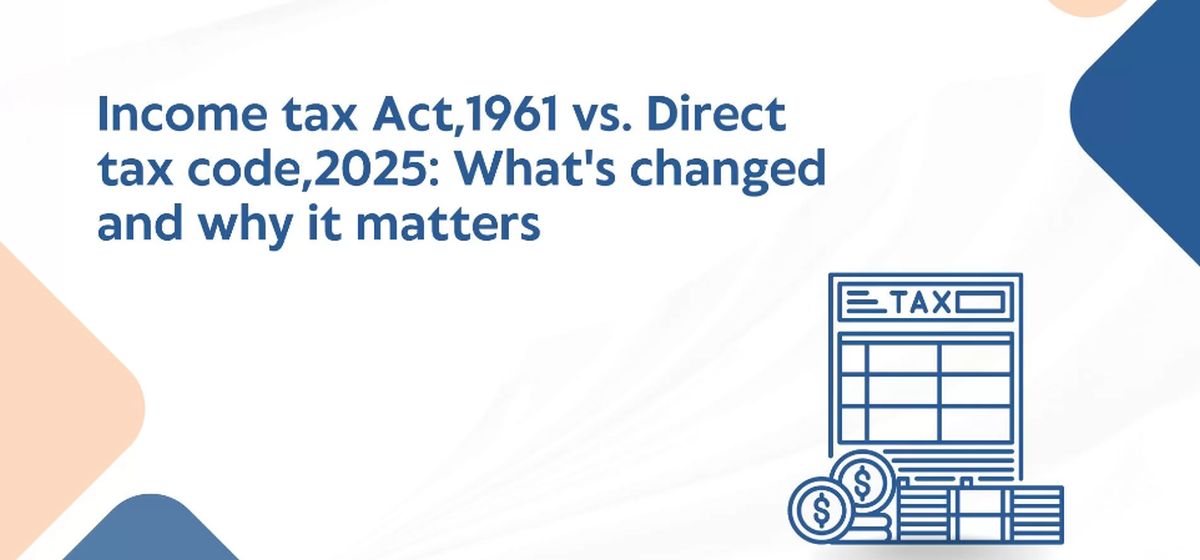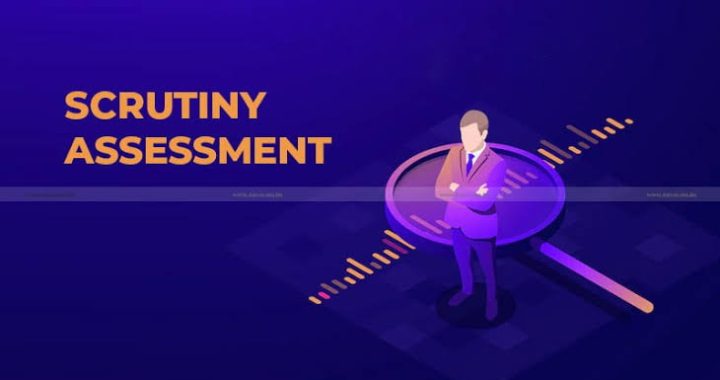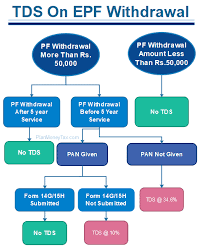Major Changes Expected in Direct Tax Code 2025 and why these matter

Major Changes Expected in Direct Tax Code 2025
The Direct Tax Code (DTC) 2025 is a significant reform aimed at simplifying India’s complex tax system. It is set to replace the Income Tax Act of 1961, bringing in a new era of tax compliance and administration.
It may be noted that the features of the Direct Tax Code (DTC) 2025 have not been officially released yet. The information and views shared in this article are based on discussions, expert opinions, and public announcements related to the proposed DTC. The actual provisions of the DTC, when officially announced, may differ from the information presented here.
Overview of Potential Changes in the Direct Tax Act:
While the government is working towards implementing the Direct Tax Code (DTC) 2025, the specific details and features of the code are still under development. This article provides a general overview of the potential changes and benefits that the DTC may bring to the Indian tax system, based on current understanding and expectations.
It is important to remember that the final form of the DTC may vary from the information presented here. As the government releases more official details, a clearer picture of the DTC’s impact on taxpayers and businesses will emerge.
Key Changes expected to be Introduced by the DTC 2025:
-
Simplified Tax Structure:
- Consolidated Law: The DTC consolidates various direct tax laws into a single comprehensive code, reducing complexity and ambiguity.
- Simplified Tax Slabs: The DTC introduces simplified tax slabs for individuals, making it easier to understand and calculate tax liabilities.
- Reduced Exemptions and Deductions: While some exemptions and deductions remain for individuals, the DTC aims to reduce the overall number, making the tax system more equitable.
-
Enhanced Taxpayer Experience:
- Simplified Tax Filing: The DTC focuses on making tax filing easier through simplified forms and online portals.
- Faster Refunds: The DTC aims to expedite the process of tax refunds, reducing the waiting time for taxpayers.
- Improved Dispute Resolution: The DTC introduces a more efficient dispute resolution mechanism to minimize litigation and delays.
-
Improved Dispute Resolution:
The DTC introduces a more efficient dispute resolution mechanism to minimize litigation and delays.
-
TDS & TCS on Most Incomes:
Under the new tax system, Tax Deducted at Source (TDS) & Tax Collected at Source (TCS) will apply to nearly all types of income This will ensure taxes are paid regularly.
- Removal of Assessment and Previous Year Concepts: The code removes the terms “Assessment Year” and “Previous Year”. Only the term- “Financial Year” will be applicable for tax filing.
- Simplified Residential Status: Taxpayers will be classified as either residents or non-residents, eliminating the RNOR (Resident but Not Ordinarily Resident) category.
- New Income Category Names: “Income from Salary” is now called “Employment Income,” and “Income from Other Sources” is renamed “Income from Residuary Sources.”
- Expanded Tax Audit Roles: Company Secretaries (CS) and Cost and Management Accountants (CMA) may now be allowed to conduct tax audits, which was previously limited to Chartered Accountants (CAs), making tax audits more accessible.
- Increased Tax Compliance:
- Stricter Enforcement: The DTC strengthens enforcement measures to deter tax evasion and avoidance.
- Enhanced Transparency: The DTC promotes transparency in tax administration by providing clear guidelines and regulations
8. Modernized Tax System:
- Digitalization: The DTC emphasizes digitalization of tax processes, promoting efficiency and reducing paperwork.
- Global Best Practices: The DTC incorporates global best practices in tax administration, aligning India’s tax system with international standards.
- Future-Ready Tax Framework: The DTC is designed to be adaptable to future economic and technological changes.
Overall, the DTC 2025 is designed to create a more predictable and certain tax environment, thereby reducing the likelihood of litigation and promoting voluntary compliance. This is also expected to increase Taxpayer Satisfaction by reducing compliance burden and improving taxpayer services, the DTC can enhance taxpayer satisfaction.
The Implementation of Direct Tax Code would also have some Potential Challenges to get implemented:
- Implementation Issues: Implementing a new tax code is a complex task, and there may be challenges in ensuring a smooth transition.
- Unintended Consequences: Changes to the tax code can sometimes have unintended consequences, which may need to be addressed through subsequent amendments.
- Resistance to Change: Taxpayers and businesses may resist changes to the tax system, especially if they perceive them as unfavourable.
- Political Interference: Political considerations may influence the implementation of the DTC, potentially compromising its effectiveness.
Whether the DTC 2025 will be successful or not will depend on how well these challenges are addressed and how effectively the new code is implemented. If the government can successfully navigate these challenges, the DTC has the potential to significantly improve India’s tax system. However, if implementation is flawed or the code is not well-designed, it may not achieve its intended goals.
Ultimately, the success of the DTC will be determined by its impact on taxpayers and the economy. If it simplifies the tax system, reduces compliance costs, and promotes economic growth, it can be considered a success. However, if it creates new complexities, increases compliance burdens, or stifles economic activity, it may be viewed as a failure.


 Steps to Take After a Personal Injury: A Comprehensive Guide
Steps to Take After a Personal Injury: A Comprehensive Guide  ITAT Held AO Cannot Examine Issues in Scrutiny Assessment Except for those Selected for Limited Scrutiny as per the CBDT Circular
ITAT Held AO Cannot Examine Issues in Scrutiny Assessment Except for those Selected for Limited Scrutiny as per the CBDT Circular  Do I Need An Attorney Oklahoma Probate Process?
Do I Need An Attorney Oklahoma Probate Process?  Introducing and predicting the future of DOT
Introducing and predicting the future of DOT  Process to Correct the PAN Card Online
Process to Correct the PAN Card Online  No TDS on withdrawals of EPF till covid-19 persists
No TDS on withdrawals of EPF till covid-19 persists  ITAT Amritsar: No Section 269SS Violation for One-Time Cash Payment Before Sub-Registrar
ITAT Amritsar: No Section 269SS Violation for One-Time Cash Payment Before Sub-Registrar  Tax Officials Unleash Digital Dragnet: How New Raid Powers Redefine Privacy, Property Rights in India and likely to Fuel Corruption
Tax Officials Unleash Digital Dragnet: How New Raid Powers Redefine Privacy, Property Rights in India and likely to Fuel Corruption  Income Tax Department Rewards for Reporting Tax Evasion: A Comprehensive Guide
Income Tax Department Rewards for Reporting Tax Evasion: A Comprehensive Guide  Forfeiture of Gratuity by Employer- What are the Remedies for an employee- Can employer be challenged?
Forfeiture of Gratuity by Employer- What are the Remedies for an employee- Can employer be challenged?